Introduction
Raw bones play a vital role in a dog’s diet. They offer essential nutrients and promote dental health. However, understanding the benefits and risks is key. This guide will cover various types of bones, their advantages, safety precautions, and FAQs to help you make informed choices for your furry friend.
Summary and Overview
Raw bones are uncooked bones that can enhance your dog’s diet. They come in two main types: edible bones and recreational bones. Edible bones, like chicken necks, provide nutritional value, while recreational bones, such as marrow bones, offer chewing enjoyment. The benefits include improved dental health, mental stimulation, and essential minerals like calcium and phosphorus. However, safety is crucial; monitor your dog while they chew and avoid cooked bones, which can splinter and cause harm. We’ll clarify these points and debunk common misconceptions throughout the article.
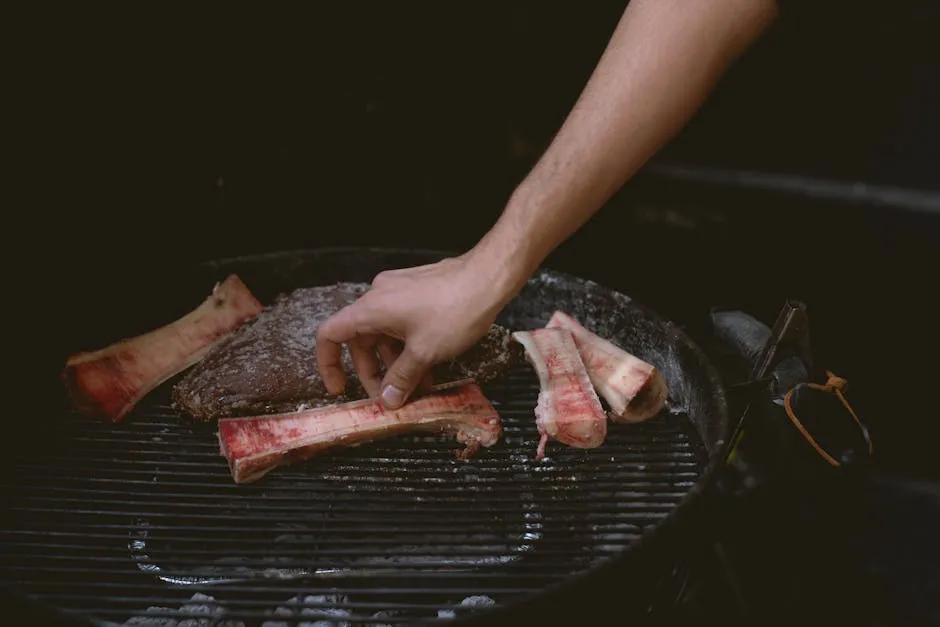
Understanding Raw Bones for Dogs
Definition of Raw Bones
Raw bones are uncooked bones that serve multiple purposes in canine nutrition. They can be categorized into edible bones and recreational bones. Edible bones, often called raw meaty bones (RMBs), consist of meat, cartilage, and soft tissue. These bones are vital for providing essential nutrients like calcium and phosphorus, which support strong bones and overall health.
In contrast, recreational bones are typically larger and harder, intended more for chewing than eating. They include bones from larger animals, such as cows or bison, and are filled with marrow. Both types can play a significant role in your dog’s diet, offering not just nutrition but also satisfaction and mental stimulation. It’s essential to understand these distinctions to ensure your dog enjoys raw bones safely and healthily.
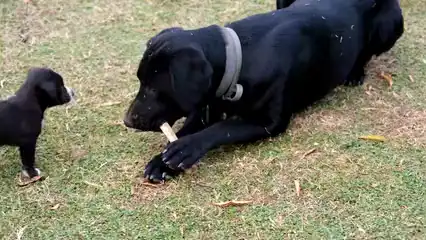
The Benefits of Raw Bones for Dogs
Raw bones offer several health benefits for dogs. First, they promote dental hygiene. Chewing on bones helps scrape away plaque and tartar. This natural cleaning action supports healthier teeth and gums. Pair this with dog dental chews for an unbeatable dental routine!
Next, raw bones provide essential nutrients. They are rich in calcium and phosphorus, vital for strong bones and overall health. These minerals help maintain your dog’s skeletal structure and support physiological functions. If you’re looking for a comprehensive guide on dog nutrition, consider picking up a dog health book.
Additionally, raw bones offer mental stimulation. Chewing satisfies a dog’s natural instinct to gnaw. It keeps them engaged and can reduce boredom. This activity helps channel their energy positively. To further enhance your dog’s playtime, check out dog chew toys that are designed for durability!
Moreover, chewing on bones can alleviate anxiety. The act of gnawing releases endorphins, making dogs feel relaxed and content. Overall, incorporating raw bones into your dog’s diet can enhance their health and happiness.
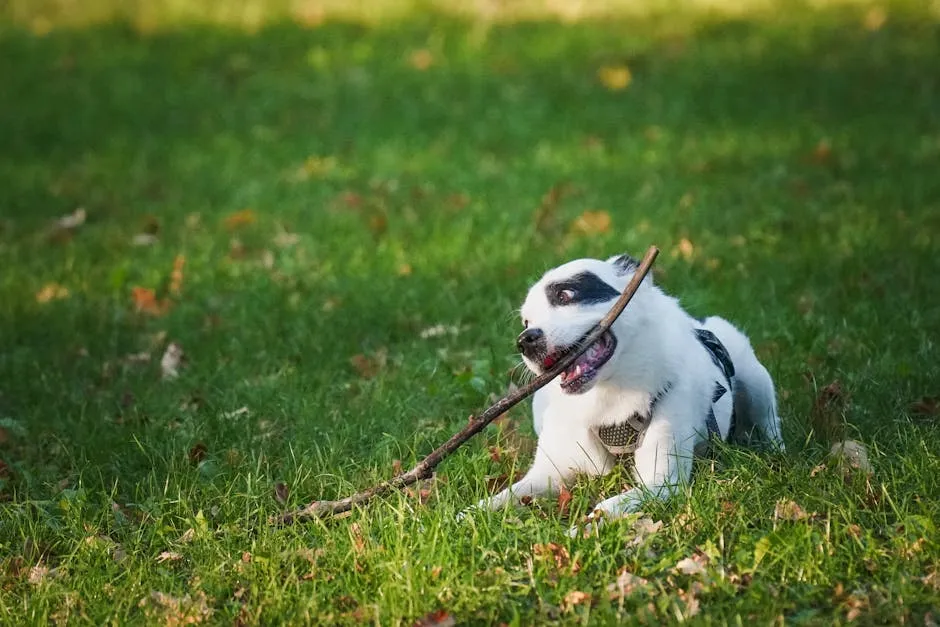
Types of Raw Bones
When it comes to raw bones, there are two main categories: edible bones and recreational bones. Edible bones are softer and meant for consumption. Examples include chicken necks and wings. These bones provide essential nutrients like calcium and phosphorus.
On the other hand, recreational bones are harder and designed for chewing rather than eating. Good examples are marrow bones and knuckles. These provide mental stimulation and help clean teeth but should not be consumed whole.
Choosing the right size is crucial. For small breeds, chicken necks work well. Medium dogs may enjoy turkey necks or marrow bones. Large breeds can handle beef bones or knucklebones. Always ensure the bone is appropriate for your dog’s size to avoid choking hazards.
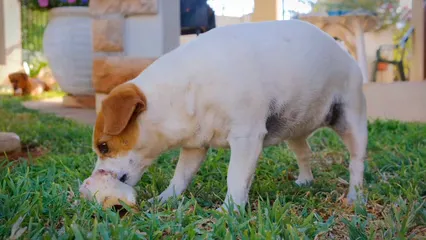
Safety Precautions When Feeding Raw Bones
Feeding raw bones requires careful attention to safety. Supervision is essential while your dog chews. Always monitor them to prevent choking or other issues. For more information on supervision, you can check out this article on which raleigh dog boarding facilities have overnight supervision.
Supervision is crucial when feeding dogs raw bones to ensure their safety. which raleigh dog boarding facilities have overnight supervision
Choosing the right type and size of bones is also vital. Avoid small bones that could be swallowed whole. Instead, opt for bones larger than your dog’s muzzle. This helps prevent choking hazards. Consider investing in a pet first aid kit to be prepared for any mishaps!
Be cautious of cooked bones. Cooking can make bones brittle, leading to splintering. Cooked bones pose serious risks, including choking and internal injuries.
Health risks can include choking, dental issues, or digestive problems. Always consult with your veterinarian if you’re unsure about bone types or sizes. By following these precautions, you can safely provide your dog with the benefits of raw bones.

How to Introduce Raw Bones into Your Dog’s Diet
Introducing raw bones to your dog’s diet can be exciting. Start slowly to ensure a smooth transition. Begin with smaller, softer bones. Chicken necks or wings are great options. These are easier for your pup to chew and digest.
As you switch from kibble to raw feeding, take your time. Gradually incorporate raw bones into their meals. This helps prevent any digestive upset. Monitor your dog closely for any adverse reactions. Look for signs like diarrhea or vomiting. If your dog shows any discomfort, stop and consult your vet.
Make sure your dog is comfortable with the texture and size of the bones. If they struggle with chewing, consider grinding the bones initially. This allows them to get used to the new diet without overwhelming their system. With patience and careful observation, your dog can enjoy the benefits of raw bones safely.

Where to Purchase Raw Bones
Finding quality raw bones for your dog is essential. Local butchers are often the best source. They usually have fresh options and can provide advice on safe selections. Specialty pet stores also carry raw bones. Many have frozen options, which are a great choice. If you’re looking for a convenient way to store bones, consider a dog food storage container to keep them fresh and safe!
Online retailers offer a wide variety of bones as well. This option is convenient, especially if you cannot find suitable bones locally. When buying, check for high-quality products. Look for sources that provide information about the origin of the bones. This ensures they are safe and fresh. Remember, avoiding grocery store meat is wise, as it may harbor harmful bacteria.
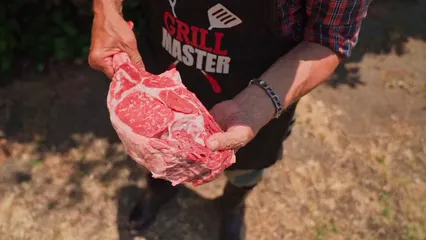
Common Myths About Raw Bones
Many myths surround feeding raw bones to dogs. One common belief is that bones harm dogs’ teeth. In reality, raw bones can help clean teeth. They remove plaque and tartar naturally during chewing. This promotes better dental health compared to many commercial treats. For further insights on dental health, refer to our article on Understanding canine dental health and home care tips.
Raw bones can contribute to better dental health for dogs by helping to clean teeth naturally. Understanding canine dental health and home care tips
Another myth suggests that bones cause digestive problems. Contrary to this, raw bones are generally digestible. Dogs can easily process them, especially when they are raw. Cooked bones, however, are dangerous. They splinter and can cause significant harm.
Additionally, some think bones lead to aggressive behavior. In truth, giving bones can reduce anxiety and promote calmness. Chewing releases endorphins, making your dog feel relaxed. Understanding these myths helps you make informed decisions about your dog’s diet.
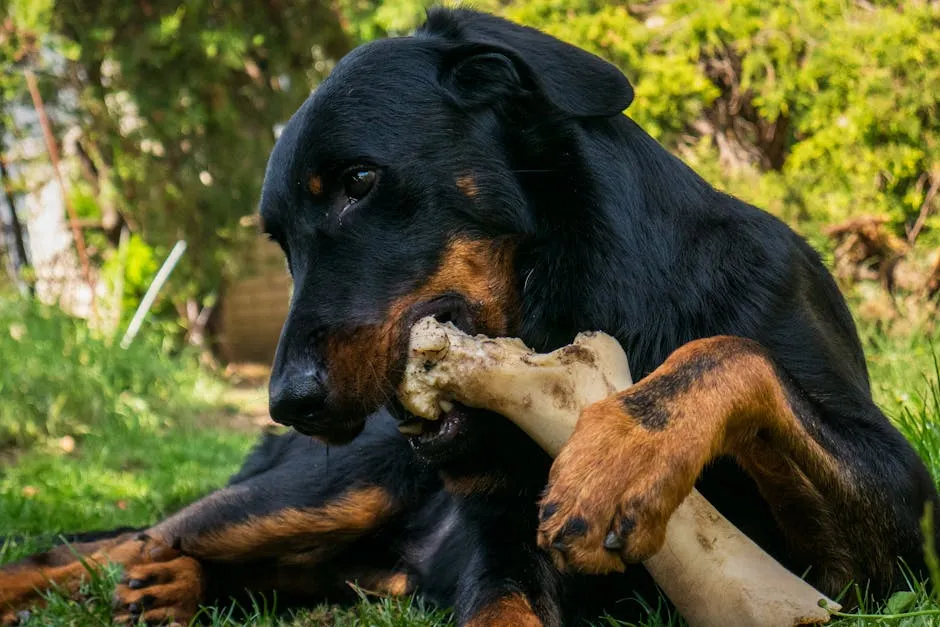
Conclusion
In summary, feeding raw bones to dogs offers various benefits. They support dental health, provide essential nutrients, and keep dogs mentally stimulated. However, it’s crucial to be aware of the associated risks. Supervision is key when your dog enjoys a bone. Always choose bones that are appropriate for your dog’s size and chewing habits. Avoid cooked bones, as they can splinter and cause serious harm.
Before introducing raw bones into your dog’s diet, consult with your veterinarian. They can help guide you in making the best choices for your furry friend’s health. Responsible feeding practices ensure your dog enjoys the benefits while minimizing risks. And don’t forget to keep your pup hydrated on walks with a dog water bottle for walks!
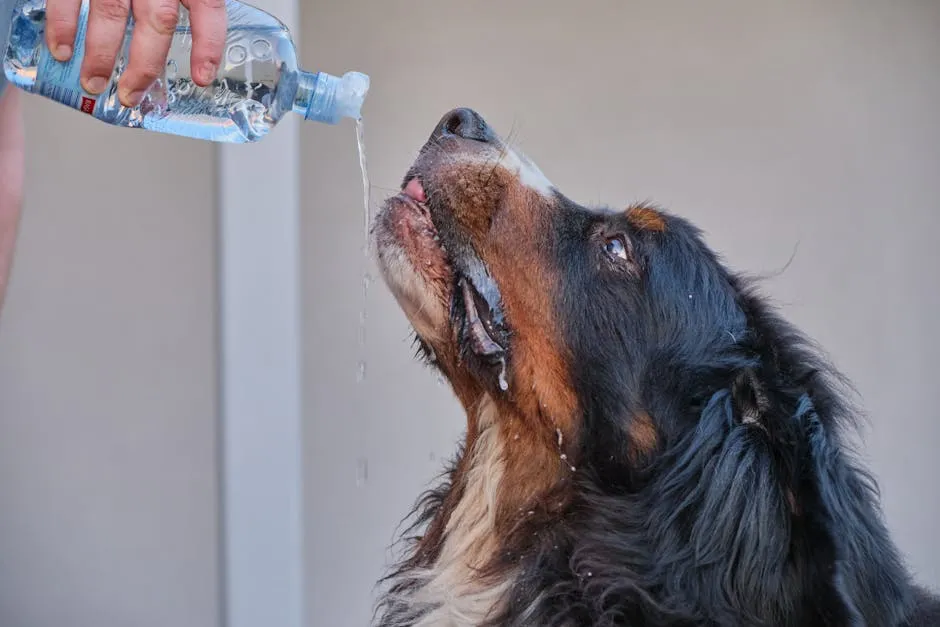
FAQs
Can dogs eat raw bones safely?
Yes, dogs can eat raw bones safely. It’s essential to choose appropriate sizes and types. Always supervise your dog while they chew to prevent choking or other issues.
What are the best types of raw bones for dogs?
For small dogs, try chicken necks or wings. Medium dogs can enjoy turkey necks or marrow bones. Large dogs benefit from beef bones or knucklebones. Always select bones based on your dog’s size and dietary needs.
How often should I give my dog raw bones?
Generally, feed raw bones 1-3 times a week. Adjust based on your dog’s size and overall health. Monitor their reaction to ensure they are digesting well.
Are there any potential risks associated with raw bones?
Yes, raw bones can pose risks like choking, dental issues, or digestive problems. To mitigate these, always supervise your dog and choose appropriate bones. Avoid cooked bones, as they can splinter and cause serious harm.
Can puppies eat raw bones?
Yes, puppies can eat raw bones, but caution is necessary. Their teeth and jaws are still developing, so choose softer bones. Chicken necks or wings are excellent options for young pups. Always supervise them while chewing to prevent choking. Introduce bones gradually into their diet. Start with short chewing sessions to monitor their reactions. If your puppy shows any discomfort, discontinue immediately. It’s wise to consult your veterinarian before beginning any raw bone regimen. Your vet can provide tailored advice on safe options for your puppy’s growth stage.
Why are cooked bones dangerous for dogs?
Cooked bones are hazardous for dogs, mainly due to splintering. When bones are cooked, they become brittle. This brittleness can lead to sharp shards that can choke or injure your dog. These splinters can cause serious damage to the mouth, throat, and intestines. Additionally, they can block the digestive tract, resulting in severe health complications. Notably, the nutritional value of cooked bones diminishes significantly compared to raw bones. Always avoid feeding your dog any cooked, smoked, or processed bones to keep them safe.
How should I store raw bones?
Storing raw bones properly is crucial for freshness and safety. Keep them in the freezer until you’re ready to feed them. This prevents bacterial growth and maintains their quality. When thawing, do so in the refrigerator, not at room temperature. Ensure you only thaw the amount your dog can consume in one sitting. After feeding, discard any uneaten bones within a few days. Always clean the area where your dog chewed the bone to prevent any contamination. By following these storage tips, you can ensure that your dog enjoys safe and fresh raw bones.
Please let us know what you think about our content by leaving a comment down below!
Thank you for reading till here 🙂 And if you’re feeling adventurous, check out some cute dog costumes for your next event!
All images from Pexels





